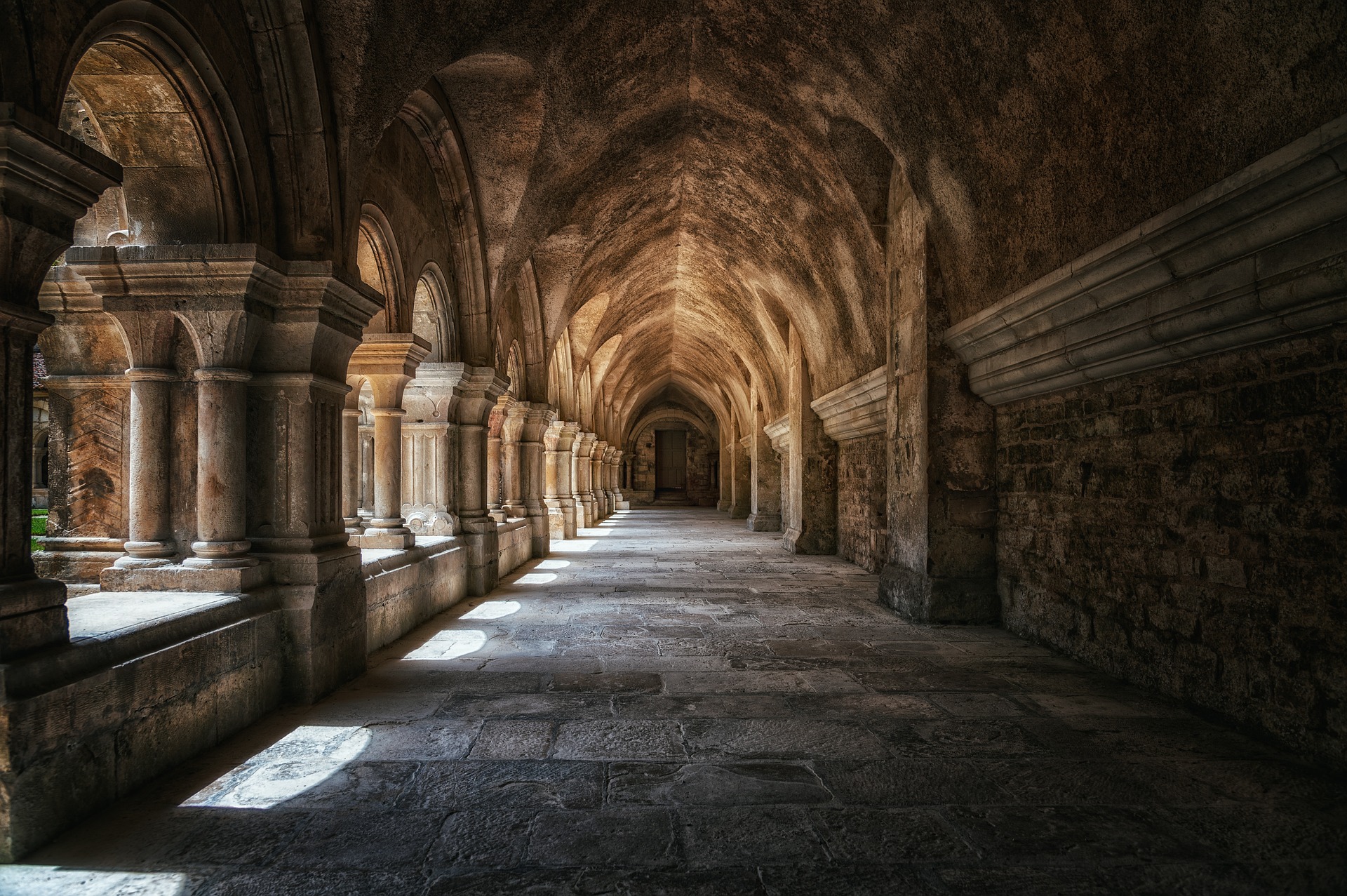Once upon a time, in the lush jungles of Colombia, there lay a forgotten city known as Ciudad Perdida, the Lost City. Shrouded in mystery and hidden from the prying eyes of the world, it waited patiently for its story to be told once again.
Legend had it that Ciudad Perdida was built by an ancient civilization that thrived thousands of years ago. Its streets were said to have been filled with bustling merchants, scholars, and artisans. But as time went on, the city’s existence faded into the whispers of folklore, until it was all but forgotten.
Until one day, a group of intrepid explorers embarked on a daring quest to uncover the lost secrets of Ciudad Perdida. Led by renowned archaeologists, they braved treacherous terrain and dense jungles, guided only by the fragments of historical accounts and ancient maps.
As they ventured deeper into the wilderness, the explorers could sense the palpable excitement in the air. The leaves rustled with anticipation, as if nature itself held its breath, eager to reveal the hidden gem that lay dormant within the dense foliage.
And then, as if by magic, the first stone steps emerged from the undergrowth, leading them up a treacherous path. Step by step, they ascended, their hearts filled with awe and wonder. Finally, at the peak of the mountain, they gazed upon the ancient ruins of Ciudad Perdida.
The city, now covered in a blanket of moss and vines, stood as a testament to the ingenuity and artistry of its builders. Intricate carvings adorned the weathered stones, whispering tales of a bygone era. The explorers felt as if they had stepped back in time, their imaginations weaving together the stories of the city’s inhabitants.
They explored the narrow pathways, marveled at the well-preserved structures, and discovered artifacts that spoke of a rich and vibrant culture. The silence of the ruins was broken only by the rustling of papers and the clicking of cameras, capturing every moment, every detail, to share with the world.
The explorers knew that they had stumbled upon a hidden gem—a historical site that deserved to be brought back into the limelight. With each passing day, they meticulously documented their findings, piecing together the puzzle of Ciudad Perdida’s past.
Their efforts did not go unnoticed. Slowly but surely, word of the lost city’s rediscovery spread far and wide. Travelers from across the globe flocked to Colombia, eager to immerse themselves in the magic of Ciudad Perdida. They climbed the steep steps, tracing the same path the explorers had taken, and were rewarded with breathtaking views of the jungle and the remnants of a forgotten civilization.
As the years passed, Ciudad Perdida underwent extensive restoration efforts, ensuring its preservation for generations to come. It became not just a historical site, but also a symbol of humanity’s collective heritage—a reminder that there are hidden gems waiting to be rediscovered all around the world.
And so, the tale of Ciudad Perdida’s rediscovery serves as an inspiration—a call to adventurers and dreamers, urging them to embark on their own quests to uncover the forgotten historical sites that lie scattered across the globe. For in the depths of the jungle, beneath the sands, or beneath the waves, there are stories waiting to be heard, waiting to be shared, and waiting to ignite our imagination.
Let us follow in the footsteps of those brave explorers, delving into the unknown, and unraveling the mysteries of our past. For hidden gems are waiting to be discovered, reminding us that our world is a treasure trove of forgotten tales and untold wonders.


